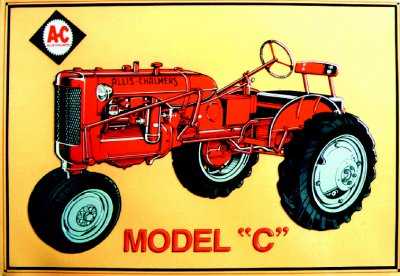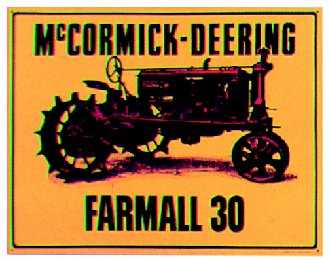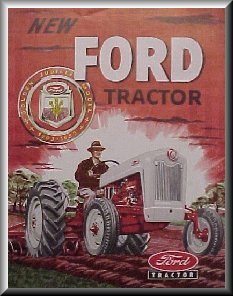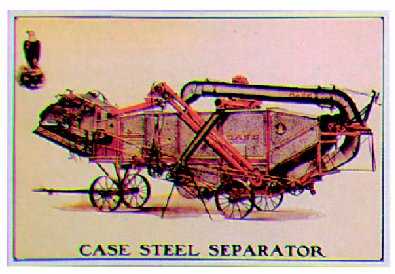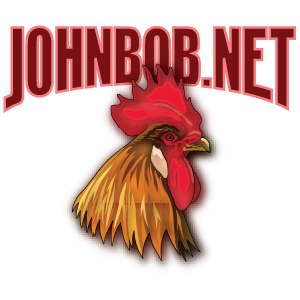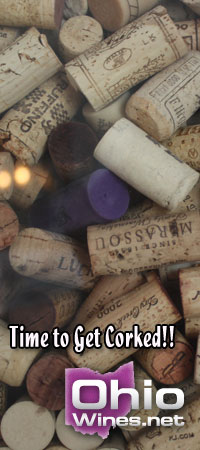Farming the way it used to be done
Photos and stories of the way we farmed in the first half of the 20th century. I am fortunate that in NW Ohio we have several antique farming events that are open to the public and are wonderful viewing and great photo opportunities to see farming the way it was done from the late 1800's up into the 1950's.
Some of the photos below are of me in my early days of farming. Yes, Dad and Grandpa started me young!

Combining clover seed - Perrysburg, Ohio - 1953
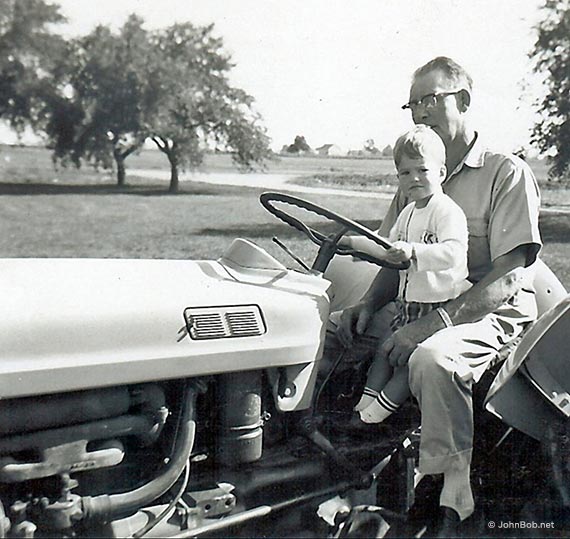
Grandpa Marcellus Pothast & John Lucas on Ford - 1965
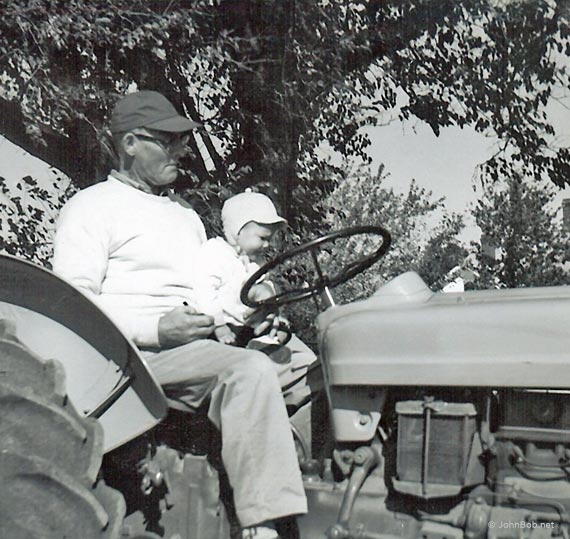
Grandpa Marcellus Pothast & John Lucas on Ford - 1963
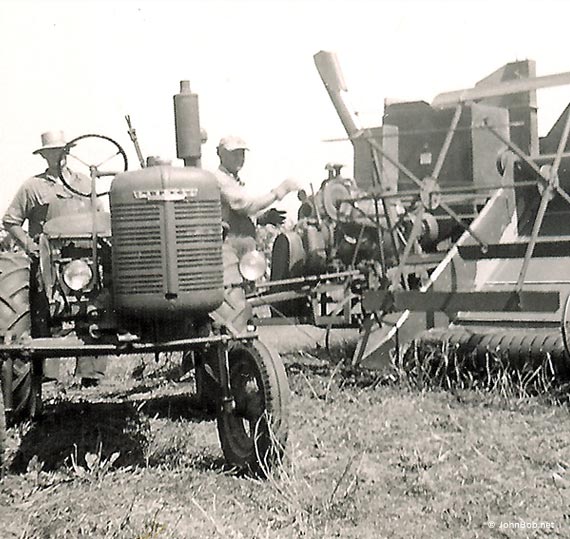
Combining clover seed - Perrysburg, Ohio - 1953
Steam Power
The application of steam power to farming brought big changes to the field. Steam tractors put serious power in the hands of farmers. This led to a whole line of new equipment that could take advantage of this power. Stationary wheat threshing machines powered by a long drive belt could thrash out wheat by the bushel in a very short amount of time. The straw was blown into piles for moving to the barn either loose or baled.
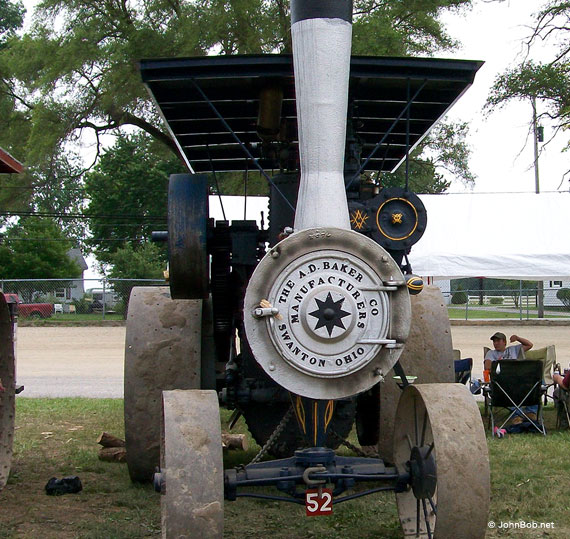
A.D. Baker Steam Tractor. Made in Swanton, Ohio, USA
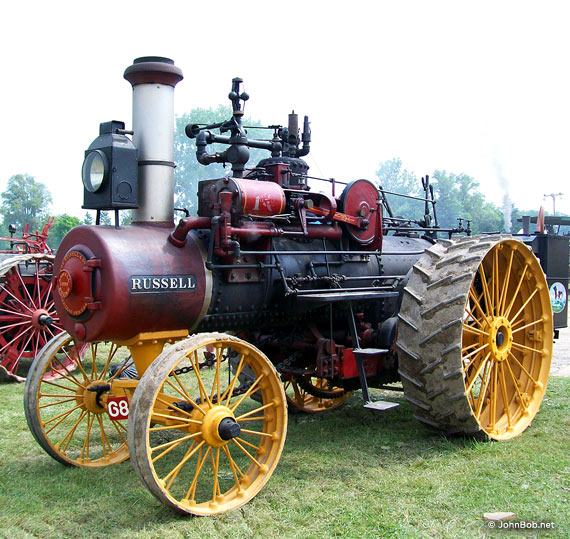
Russell steam traction engine - Made in Massillon, Ohio, USA
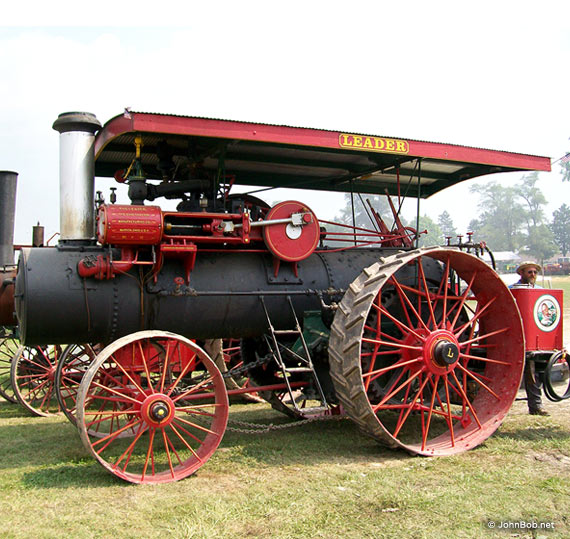
The Leader steam tractor made in Marion, Ohio by the Ohio Tractor Manufacturing Co.

Advance Thresher Co. steam tractor - Made in Battle Creek, Mich. USA
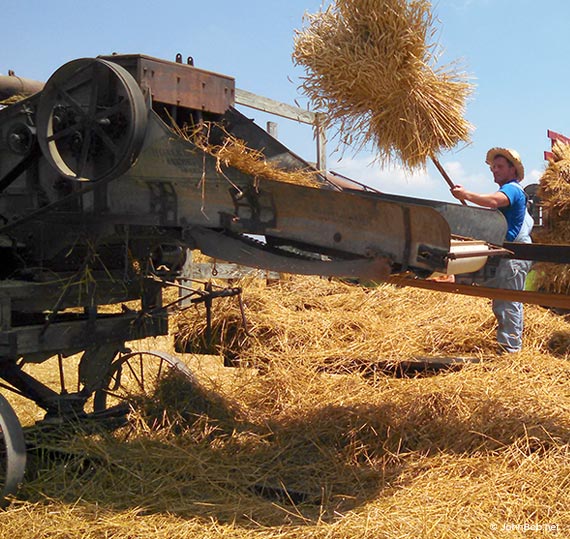
Drew Lashaway pitching wheat bundles into threshing machine.
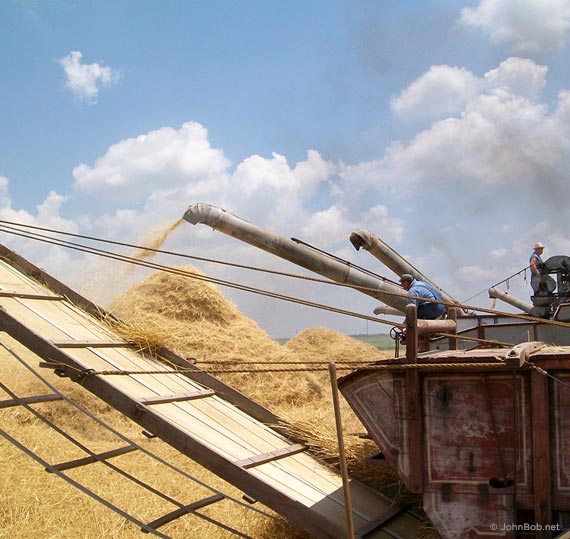
Blowing wheat straw into stacks.
Hit-n-Miss Engines
Many of the first internal combustion engines seen on the farm were small hit-n-miss engines. The term hit-n-miss has to do with how the engine functions; once the engine is set at the desired RPMs, the engine would only fire - or hit - when the RPMs went below that speed. The engine basically free-wheels until that happens and did not use gas. Once the RPMs got too low, the valve would trip and the gas/air mixture would be sucked into the cylinder. The spark plug would then fire to ignite the mixture and drive the cylinder forward. The cylinder is normally connected to two heavy cast iron flywheels which kept the momentium going.
These small engines, usually mounted on boards or on a truck (cart) with steel wheels, ranged in size from 1 to 20+ horsepower. Some were vertical - meaning the cylinder went up and down instead of the typical sideways configuration. The ability to have mobile power on the farm opened up a multitude of uses from powering corn shellers & elevators to running a cream separator.

Economy Hit-n-Miss engine in operation.
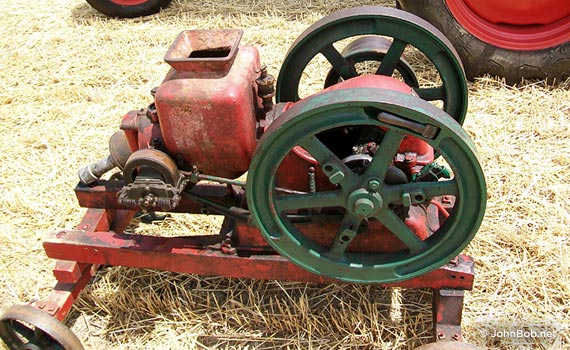
Hit-n-Miss Engine

Reid Hit-n-Miss engine in operation.
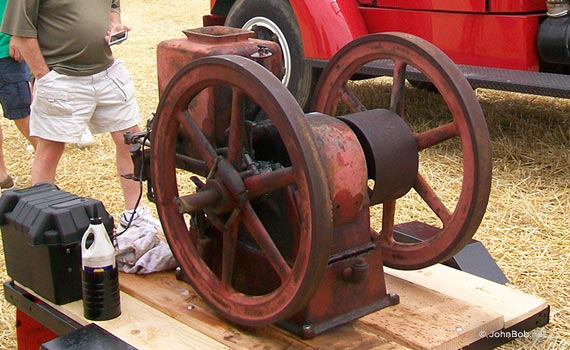
Hit-n-Miss Engine
Farm Equipment
Old advertising posters and signs give a great view into the past for advances in agricultural equipment.
More to come....
Antique Farm Shows in NW Ohio
- National Threshers Assn. - Annual show is just west of Toledo, Ohio.
- S.C.R.A.P. - Sandusky County Restorers of Antique Power - Every Labor Day Weekend, Gibsonburg, Ohio.
- 5 Point Steam Threshers Reunion - 3rd Sunday of July. South of Perrysburg, Ohio.




